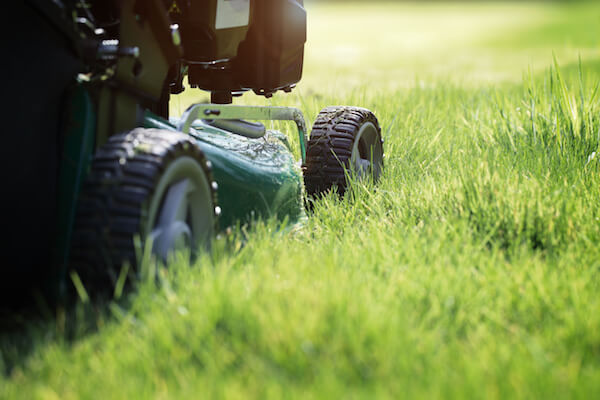
Best Management Practices for the Home Lawn
Homeowners interested in cultivating healthy, sustainable lawns in Florida should take a systematic approach to their particular lawn-growing situation. Between the University of Florida (UF), commercial landscaping professionals and weed and pest control enterprises, homeowners enjoy an abundance of resources to help guide them towards the best management practices for their turf. Any effective game plan starts with knowledge before it can end with success. Following these guidelines will help residential lawns develop their to full potential.
Soil Test
To remove the guesswork, the homeowner needs a good idea of the composition of the underlying soil. It is a bit of a process, but homeowners should avail themselves of the UF Extension Soil Testing Laboratory (ESTL). These conscientious folks can determine exactly what is happening in the soil then recommend amendments and fertilizer according to the existing or planned turf type.
Turf Type
Because different species of sod have different growing requirements, knowing the existing turf cultivar goes a long way towards proper care. If the plan calls for installing sod, homeowners should carefully research the turf types available and which ones can achieve the desired results. Some varieties fare well in droughts but crave full sun, others can grow in shade but may damage easily. If the lawn will cushion a lot of activity, certain strains can accommodate.
Duda Sod would be happy to consult with any homeowner to select the exact cultivar appropriate for their yard and goals.
Irrigation
Watering requirements depend on the soil density and type of turf. Over watering can damage a lawn as readily as under watering, so the need to find the right balance cannot be underestimated. Generally speaking, lawns thrive when they receive a half to three quarters of an inch twice a week. However, fast-draining sandy soil could require more and clay soils less. Stop the irrigation when the water no longer soaks in but rather runs off.
The best time to water is in the early morning so the blades have a chance to dry. Night watering keeps the blades wet and creates an invitation to fungal growth and water-seeking pests. Keep in mind that grass still needs some water over the winter. Irrigate once every few weeks in winter to keep the root system viable and enjoy earlier greening in spring.
Fertilization
Fertilizers usually contain a mix of nitrogen, phosphorous and potassium. The soil sample and grass species will establish the type of fertilizer mix to use. Professionals discourage a trial and error method of determining what to feed the lawn. Because Florida soils tend to have plenty of phosphorous, most residential turf can do without it in the mix, but reference to the soil sample results will clarify if that is the case for any individual lawn.
Because fertilizer runoff can leach into the waterways and wreak environmental damage, it is important to keep it off of hard or paved surfaces and to use only as much as minimally necessary. Some local jurisdictions disallow fertilizing lawns in the summer, so special techniques with slow-release formulas should be used before and after the restricted months.
Assuming no restrictions, fertilize once in the spring, about three times during the height of the growing season and once again in the fall before winter dormancy sets in. Never fertilize during dormancy as the roots cannot take it up. It is a waste and can contribute to water pollution.
Mowing
To remain vibrant, lawns need regular cropping. Best practices recommend leaving two-thirds of the blade length to avoid scalping into the crown, the lighter portion above the root system that stores the plant’s nutrients. Lawns need mowing once or twice a week depending on growth rate. Alternate mowing patterns to avoid soil compaction and to prevent the turf from developing a nap. Avoid mowing with a dull blade or when the grass is wet, both of which will tear the blades, leaving ragged and browning tips.
Controlling Damage
When brown spots, dusty gray coatings, weeds and bald patches crop up, lawn maintenance becomes a bit more challenging. Because attacks on the turf can come from many fronts, diagnosis and treatment lie beyond the scope of this article. However, here are some great resources from the University of Florida to assist homeowners in managing the enemies of a healthy lawn.
Insects
Insect Pest Management on Turfgrass
Disease
Weeds
Weed Management Guide for Florida Lawns
More
For a comprehensive guide to lawn care, check out UF’s The Florida Lawn Handbook
Because Duda Sod works closely with the university, we also happily provide recommendations to homeowners on sod selection and best practices.